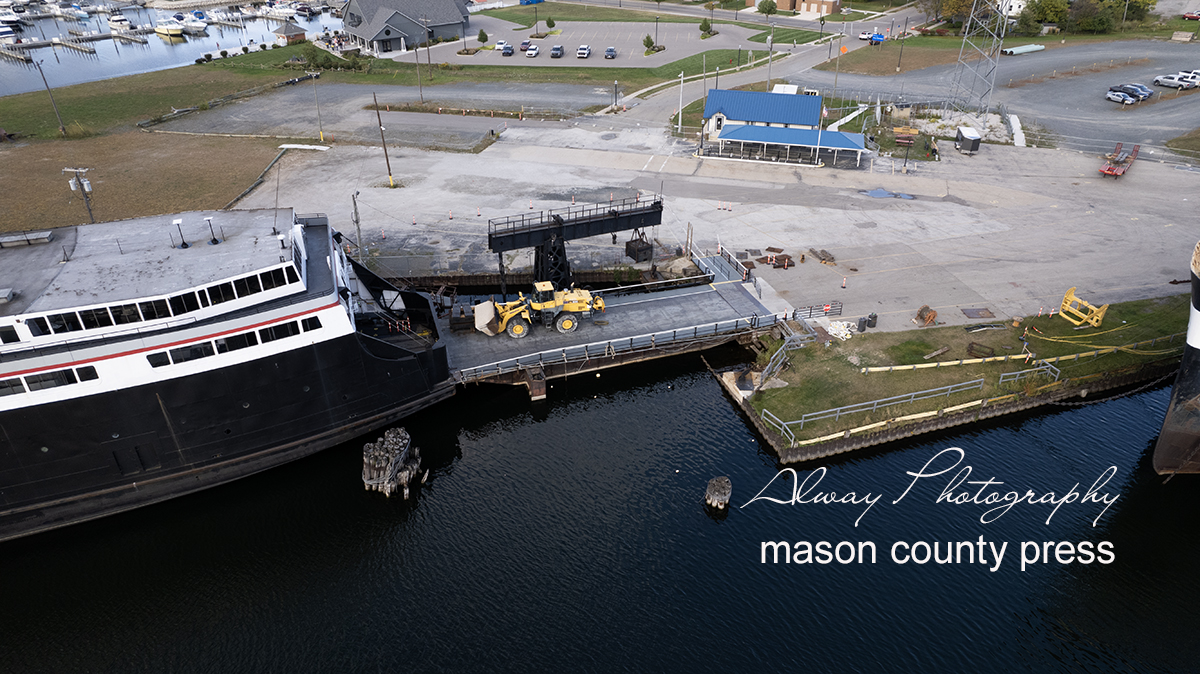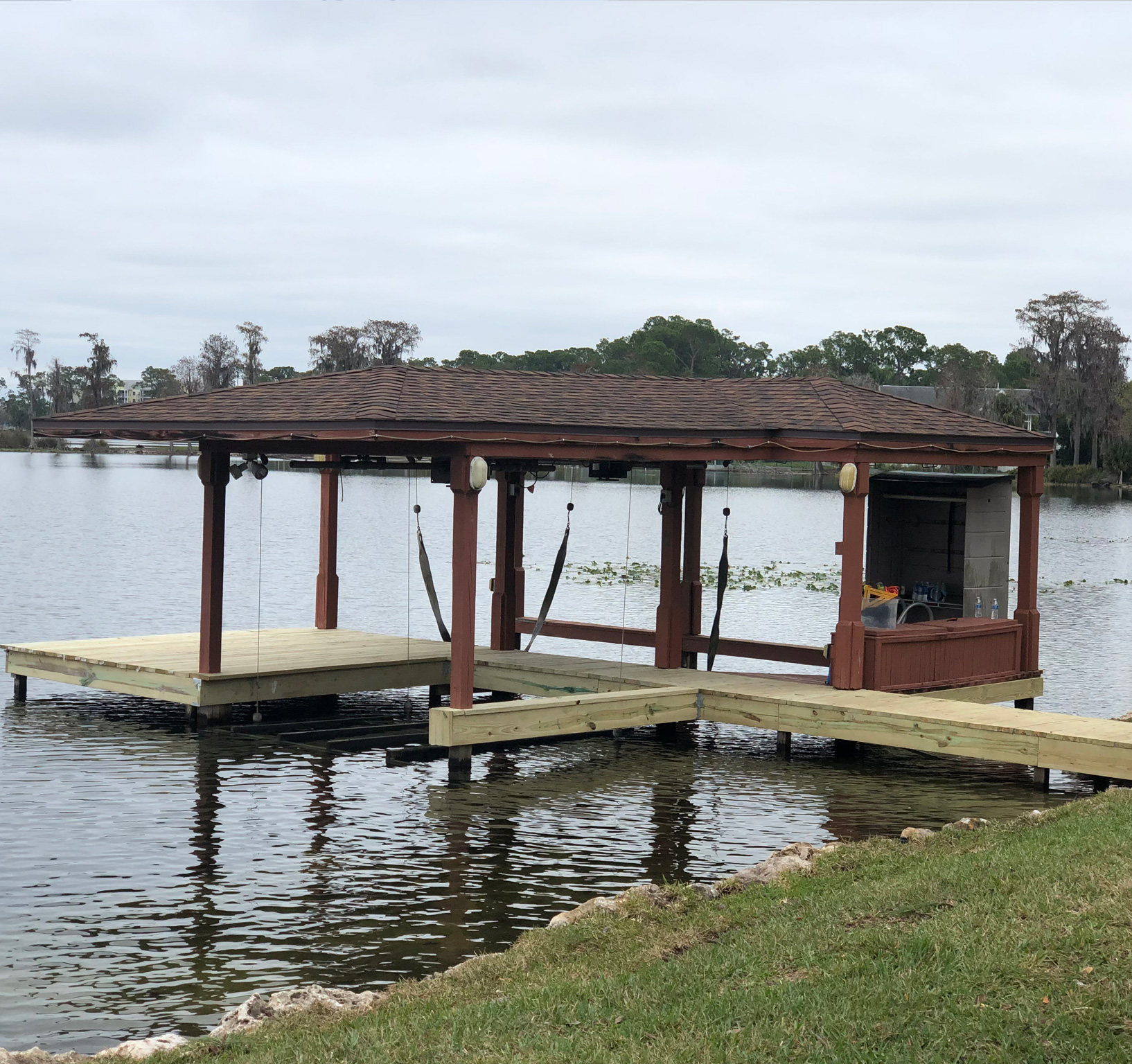Why Normal Upkeep Can Minimize Future Dock Repairs
Why Normal Upkeep Can Minimize Future Dock Repairs
Blog Article
Reliable Dock Repair Techniques: Ensuring Structural Integrity
Guaranteeing the structural integrity of docks through effective repair techniques is extremely important for the longevity and safety of aquatic centers. This includes a multi-faceted technique starting with extensive inspections using advanced innovations like sonar equipment and remotely ran automobiles (ROVs) to find both visible and concealed problems. Ultimately, picking the ideal repair work materials, such as corrosion-resistant alloys and composite materials, is important for toughness. Structural reinforcement approaches, consisting of the application of cross-bracing systems and load-distribution plates, play an important duty in mitigating anxiety points. Nonetheless, the relevance of these techniques ends up being evident when discovering sophisticated repair approaches and preventative maintenance approaches.
Examining Dock Damages
Examining dock damage is an important primary step in making sure the architectural integrity and safety of any type of docking center. This initial examination entails a comprehensive inspection to identify both visible and concealed damages. Key elements to examine consist of the dock's foundation, pilings, outdoor decking, and hardware. Each element needs to be looked at for signs of wear, rot, corrosion, or other forms of deterioration that might endanger the structural integrity.
Architectural engineers or certified inspectors normally carry out these assessments using specialized methods and tools. For instance, underwater evaluations might use finder devices or remotely ran automobiles (ROVs) to find submerged damage. Above water, aesthetic assessments are complemented by using dampness meters and various other diagnostic devices to discover underlying issues not immediately noticeable to the naked eye.

Finding Repair Work Products
Picking the ideal repair materials is a critical action in the dock repair procedure, one that straight affects the long life and efficiency of the repaired structure. Material choice need to be driven by factors such as ecological problems, load-bearing requirements, and compatibility with existing dock parts. Timber is a traditional selection for docks due to its all-natural resilience and aesthetic appeal. Choosing the ideal type of wood, such as pressure-treated lumber or normally rot-resistant types like cedar or teak, is essential to withstand marine settings.
Along with timber, composite materials are significantly prominent due to their resilience and reduced upkeep demands. Compounds, usually made from a blend of plastic and timber fibers, provide exceptional resistance to rot, pests, and UV damage. For metal anchors, choosing corrosion-resistant alloys such as galvanized steel or marine-grade aluminum is necessary to stop corrosion and make sure structural honesty in saline water conditions.
Epoxy materials and marine-grade sealants are indispensable for repairing splits and sealing joints, offering a water-proof barrier and improving the dock's total strength. By diligently selecting premium products, dock fixings can achieve resilient results, thus guarding versus future degradation and guaranteeing risk-free, trustworthy usage.
Architectural Reinforcement Techniques
Effective structural support strategies are important in making sure the security and durability of dock repair services. This technique is particularly effective for anchors revealed to hefty loads or harsh environmental conditions.
Another important technique is the application of fiber-reinforced polymers (FRP) These products supply high strength-to-weight proportions and superb resistance to rust, making them optimal for reinforcing wood or concrete anchors. FRP can be applied in strips or sheets and adhered with epoxy materials to enhance architectural stability.
Bracing and securing systems likewise play an important function in structural support. Cross-bracing, utilizing steel or wood beams, can neutralize lateral pressures, minimizing swaying and activity. Anchoring systems, such as helical piers or driven heaps, supply a stable structure by transferring lots to deeper, extra stable dirt layers.
Lastly, the assimilation of load-distribution plates can assist disperse weight a lot more evenly throughout the dock's surface area, minimizing local stress points. These strategies jointly ensure that docks remain durable and secure, efficient in standing up to the rigors of their operational setting.
Advanced Repair Approaches

Another advanced technique involves underwater welding, which enables repair work check it out to be conducted without the need to dewater the area. This method is particularly advantageous for addressing architectural concerns in immersed dock elements, making sure marginal interruption to operations. Enhanced welding techniques, paired with robot systems, provide precision and reliability, thereby expanding the life-span of the dock.
Furthermore, cathodic security systems are executed to avoid corrosion in metal dock structures. By utilizing sacrificial anodes or impressed existing systems, these methods efficiently mitigate the electrochemical procedures that cause material deterioration.
Last but not least, progressed monitoring modern technologies, such as architectural health surveillance (SHM) systems, supply real-time data on the problem of dock frameworks. These systems enable aggressive maintenance and timely treatments, eventually ensuring the lasting structural honesty of the dock.
Maintenance and Avoidance
Upkeep and prevention are essential concepts that underpin the durability and safety of dock frameworks. Routine inspections are vital, enabling very early detection of deterioration, potential weaknesses, and ecological impacts. An aggressive method, including routine look for corrosion, rot, and structural shifts, reduces pricey repairs and extends the dock's functional life.
Preventive procedures should include applying safety finishings to steel components to protect versus corrosion and using treated timber to stand up to decay. Furthermore, making certain proper drain and air flow can protect against water accumulation, which is a typical reason for architectural destruction. Incorporating quality materials and adhering to maker standards throughout construction and repair work stages likewise play critical roles in enhancing sturdiness.

Training employees in dock upkeep finest methods great post to read ensures consistent application of preventative procedures. Leveraging technological advancements, such as drones for inspections and sensing units for real-time tracking, can additionally boost maintenance efforts. By focusing on maintenance and avoidance, dock proprietors can guarantee architectural stability, operational safety and security, and economical administration over the dock's lifespan.
Verdict
In final thought, maintaining the architectural honesty of aquatic facilities necessitates thorough dock repair service methods. Complete inspections using innovative tools discover both noticeable and concealed problems, while the selection of ideal repair work products enhances durability. Carrying out structural reinforcement approaches addresses tension factors efficiently. Advanced repair work methods, paired with regular maintenance techniques, ensure the dock stays operational and secure under varied environmental conditions. Taking on these strategies substantially prolongs the life expectancy and capability of aquatic infrastructure.
Guaranteeing the architectural stability of anchors via reliable repair work techniques is critical for the durability and security of marine facilities.Choosing the suitable repair work materials is a critical step in the dock remediation process, one that directly influences the longevity and efficiency of the fixed framework.Reliable architectural support methods are important in making sure the stability and durability of dock repair work. By prioritizing maintenance and avoidance, dock proprietors can make sure structural integrity, operational safety, and cost-efficient monitoring over the dock's life expectancy.
In final thought, preserving the structural honesty of aquatic facilities necessitates thorough dock repair service methods.
Report this page